The Faithful Companion of Biblical Heroes
In the dusty paths of ancient Israel, where prophets walked and kings journeyed, one humble creature played a central role in biblical history. The donkey - modest, sure-footed, and steadfast - wasn't merely a beast of burden in biblical times. It was an essential companion that appeared at some of the most important moments in scripture, from Abraham's journey to Mount Moriah to Jesus' entry into Jerusalem.
Understanding the donkey's place in biblical culture opens a window into the daily realities of our ancestors and illuminates the deeper meanings behind familiar scripture passages.
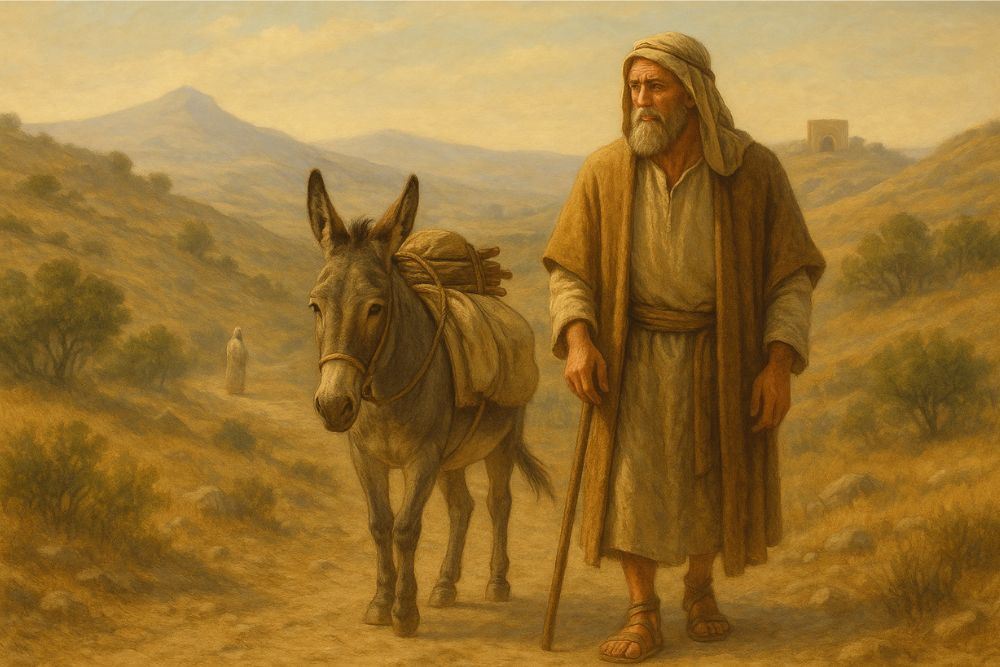
Biblical Symbolism: From Abraham's Journey to Jesus' Entry
Abraham's Test of Faith
When God commanded Abraham to sacrifice his beloved son Isaac, the patriarch saddled his donkey for the three-day journey to Mount Moriah (Genesis 22:3). This wasn't merely practical transportation - the donkey represented humility and obedience before God. Unlike horses, which symbolized military might and human pride, the donkey embodied the quiet submission that God sought from His people.
The donkey carried the wood for the sacrifice, unknowingly bearing the very materials that would test Abraham's faith. This scene establishes a pattern throughout scripture where donkeys appear at moments of divine testing and revelation.
Balaam's Speaking Donkey
Perhaps no biblical story illustrates the donkey's special relationship with divine wisdom more powerfully than Balaam's encounter with his talking donkey (Numbers 22). When the prophet, blinded by greed, couldn't perceive the angel blocking their path, his donkey saw what human eyes could not. The animal's supernatural speech revealed a profound truth: sometimes the humble and seemingly simple possess wisdom that the learned and powerful lack.
This narrative elevated the donkey from mere beast to messenger, suggesting that God's truth could come through the most unexpected sources.
Ancient Near East Transportation Networks
The Backbone of Biblical Commerce
Long before modern highways connected distant cities, a vast network of ancient trade routes crisscrossed the biblical landscape. At the heart of this network walked millions of donkeys, their steady hooves wearing smooth the stones that would guide merchants for generations.
The biblical world's most famous trade route, the King's Highway, stretched over 280 miles from the Gulf of Aqaba to Damascus. Archaeological evidence reveals rest stations, water sources, and fortified settlements designed specifically to support donkey caravans. These routes weren't just economic lifelines - they were cultural arteries through which ideas, technologies, and religious beliefs flowed across the ancient world.
Masters of Desert Navigation
While horses excelled in warfare and camels dominated long desert crossings, donkeys claimed the middle ground that made civilization possible. Their exceptional ability to navigate rocky terrain and survive on minimal water made them indispensable for the regional trade that sustained biblical communities.
Key advantages of biblical donkeys:
- Could traverse rugged hills where wheeled vehicles couldn't go
- Carried up to 130 pounds of goods
- Possessed keen instincts for dangerous paths
- Connected isolated mountain villages to coastal markets
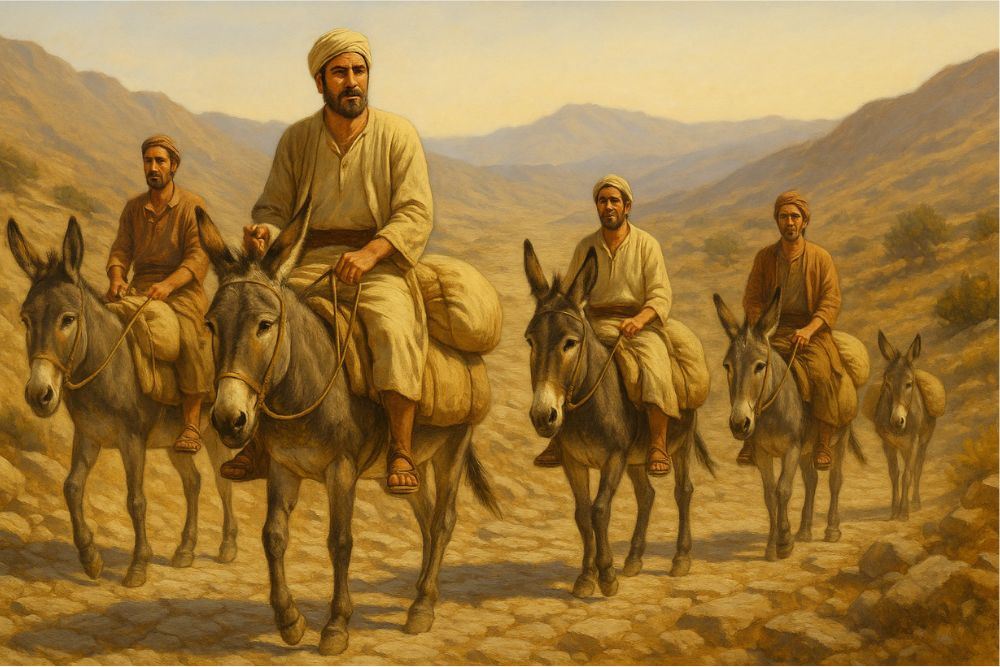
Archaeological Evidence of Donkey Use in Biblical Times
Stables Fit for Sacred Companions
Archaeological excavations throughout Israel reveal the donkey's prestigious place in biblical society. At Tel Beer-sheba, archaeologists discovered sophisticated stable complexes from King Solomon's time, complete with stone mangers and drainage systems. These weren't simple animal shelters - they were carefully designed facilities that treated donkeys as valuable assets.
Similar discoveries at Megiddo and Hazor show that every major biblical city invested in donkey infrastructure, proving that donkeys weren't just farm animals - they were the backbone of civilization.
Sacred Burials and Special Status
Perhaps most surprising are the donkey burials found at biblical sites. Unlike other livestock, some donkeys were buried with care, occasionally alongside their human companions. At sites like Khirbet Qeiyafa, believed to be biblical Shaaraim, donkey remains appear in ritual contexts, suggesting these humble animals held spiritual significance beyond their practical value.
The Donkey's Role in Biblical Commerce and Trade
Mobile Banks of the Ancient World
In an era before banks or currency, a merchant's wealth often walked on four legs. Donkeys weren't just transportation - they were mobile treasure chests carrying precious cargo across dangerous terrain. The phrase "as stubborn as a mule" actually reflects the donkey's intelligent caution around valuable loads.
Biblical merchants organized elaborate donkey caravans that functioned like ancient supply chains. These weren't random groups of travelers but sophisticated business operations with designated roles: lead donkeys who knew the routes, pack animals for bulk goods, and spare donkeys for emergencies.
When the Queen of Sheba visited King Solomon, her caravan of donkeys bearing gold, spices, and precious stones (1 Kings 10:2) represented one of history's most spectacular displays of wealth measured in donkey-loads of treasure.
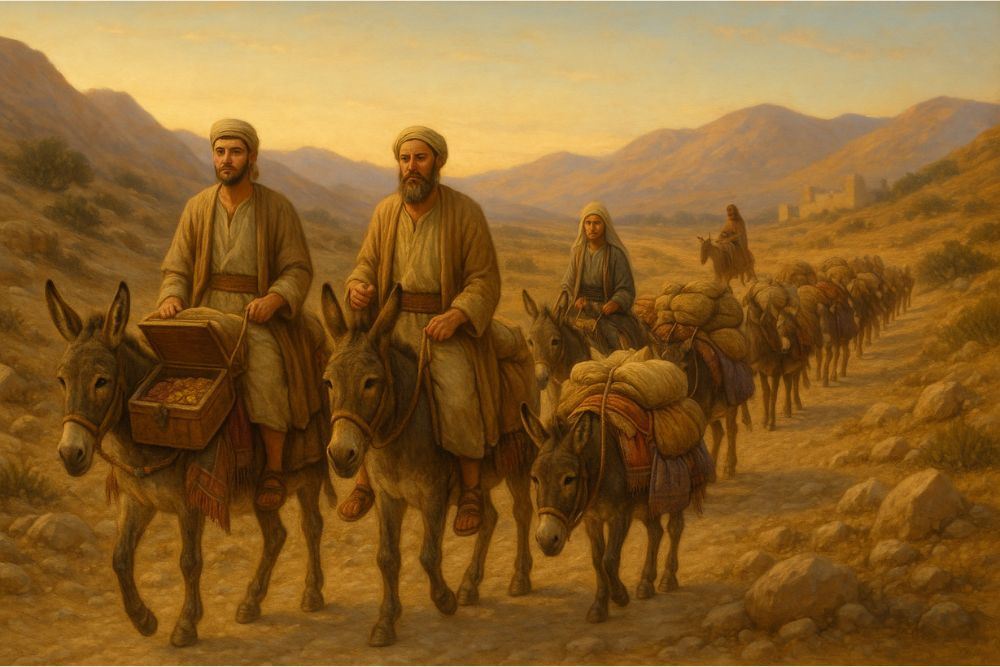
Understanding Ancient Animal Husbandry Practices
The Art of Donkey Care
Biblical families didn't simply own donkeys - they developed intimate relationships with these intelligent animals that could span decades. A well-cared-for donkey might serve three generations of the same family, creating bonds that went far beyond mere ownership.
Ancient donkey care practices:
- Daily health checks before dawn
- Personal knowledge of each animal's temperament
- Sharing family food during harsh seasons
- Patient training emphasizing cooperation over domination
The daily care routine began before dawn, when caretakers would check each animal's health and ensure they had adequate water. Unlike modern farming, biblical animal husbandry was deeply personal - each donkey's temperament, dietary needs, and behavioral patterns were carefully observed and remembered.
During harsh seasons, families often shared their own food with their donkeys, understanding that the animals' survival meant their own economic survival. This deep interdependence created the reliable, intelligent animals that biblical figures depended on for their most important journeys.
Biblical Laws Protecting Donkeys and Livestock
Revolutionary Animal Welfare Laws
Thousands of years before modern animal rights movements, biblical law established unprecedented protections for donkeys. The Sabbath laws specifically included donkeys among those who must rest: "Six days you shall do your work, but on the seventh day you shall rest, so that your ox and your donkey may have relief" (Exodus 23:12).
Biblical law also required people to help even an enemy's donkey if they found it struggling or lost (Exodus 23:4-5). This elevated the donkey's welfare above human grudges, creating a social safety net that protected both animals and their owners.
When families faced financial hardship, their donkeys couldn't be seized immediately by creditors. Biblical law recognized that taking someone's donkey could destroy their ability to rebuild their economic situation.
Modern Research on Biblical-Era Donkey Breeds
DNA Detective Work
Modern genetic research has unlocked fascinating secrets about the donkeys that served biblical heroes. DNA analysis reveals that today's Middle Eastern donkeys share genetic markers with ancient specimens found in archaeological sites across Israel. These studies show that biblical donkeys were smaller but more robust than modern breeds, perfectly adapted to the rocky terrain and harsh climate of the ancient Near East.
Recent archaeological studies reveal that biblical donkeys possessed remarkable endurance capabilities. Skeletal remains show bone density and muscle attachment points that indicate these animals could carry heavy loads over long distances without the joint problems that plague modern breeds.
Biblical donkey characteristics:
- Compact size (11-13 hands high)
- Superior bone density and muscle attachment
- Selected for intelligence and sure-footedness
- Calm temperament ideal for dangerous journeys
Today's Nubian donkeys and certain Mediterranean breeds maintain genetic connections to their biblical ancestors, providing insights into the daily realities of biblical transportation.
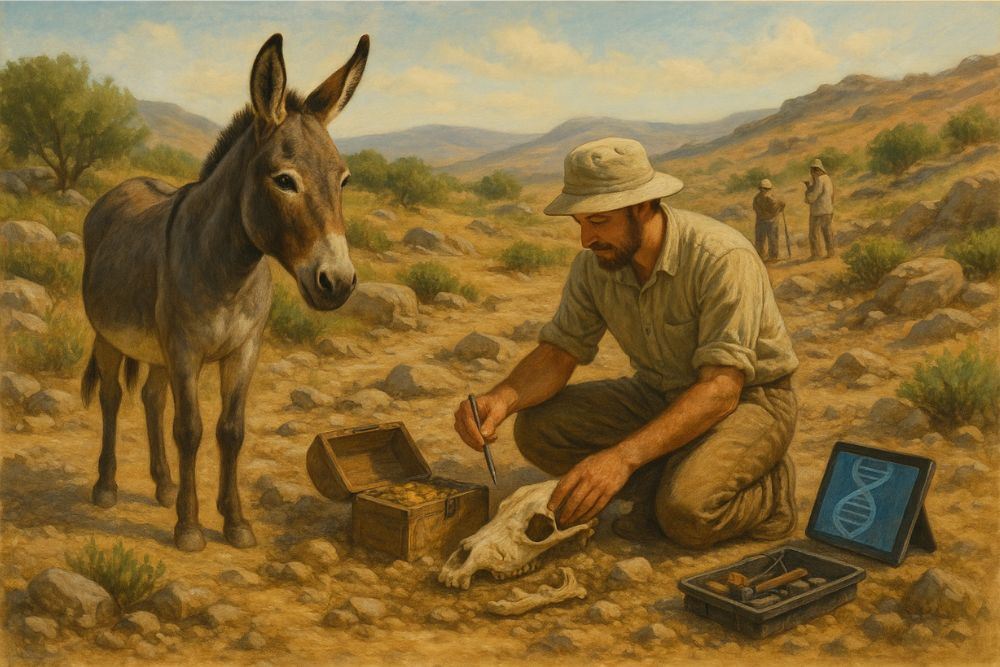
Cultural Significance Across Ancient Civilizations
Egyptian Reverence and Royal Status
While biblical Israel cherished donkeys for their humble service, ancient Egypt elevated them to royal status. Egyptian tomb paintings show pharaohs' donkeys adorned with golden harnesses, treated as symbols of divine authority. This contrast reveals something profound about biblical culture: while neighboring civilizations associated donkeys with power and prestige, Israel valued them for their humility and faithfulness.
Mesopotamian Trade Networks
In ancient Mesopotamia, donkeys became so integral to commerce that cuneiform tablets record detailed regulations for donkey caravans. The famous Code of Hammurabi includes specific laws governing donkey rentals and care, demonstrating their crucial economic importance. Mesopotamian temples even kept sacred donkeys for religious processions.
These cross-cultural perspectives help us understand why biblical writers chose donkeys to represent spiritual truths. In a world where every civilization depended on these faithful animals, their characteristics - patience, humility, reliability - became universal symbols that transcended cultural boundaries.
How Biblical Donkey Knowledge Enhances Your Visit
From Scripture to Experience
Understanding the profound role donkeys played in biblical history transforms a simple animal encounter into a meaningful journey through time. When you approach the gentle donkeys at Kfar Kedem, you're connecting with living descendants of the faithful companions that carried Abraham to Mount Moriah and bore Christ into Jerusalem.
Each step your donkey takes along the trails of Galilee follows routes worn smooth by countless generations of biblical travelers. The steady rhythm beneath you echoes the same gentle gait that carried merchants, pilgrims, and prophets across these sacred landscapes.
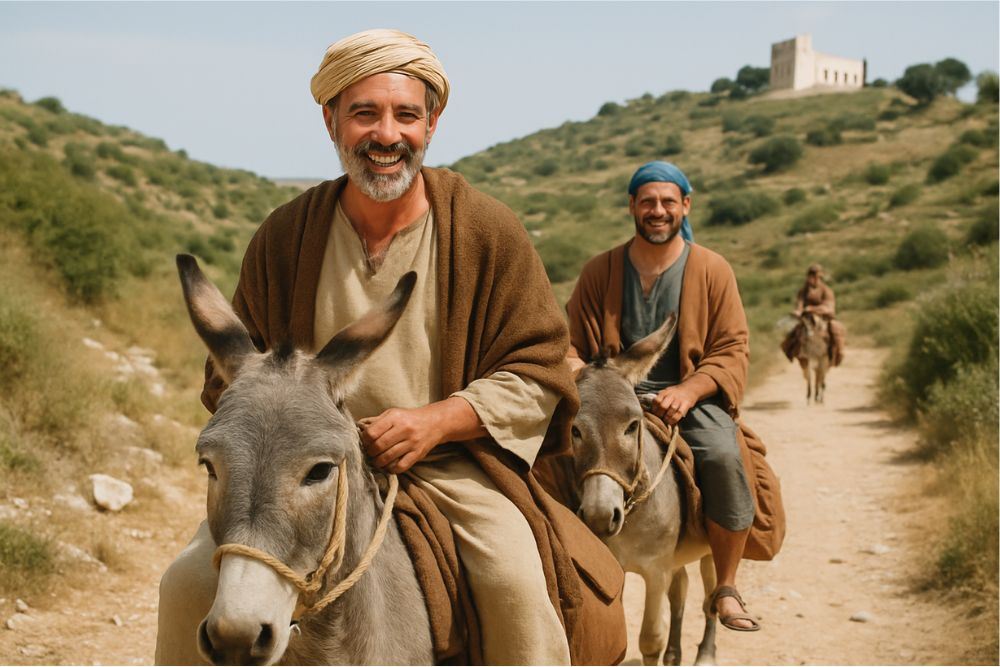
The Eternal Wisdom of the Humble Donkey
From Abraham's journey to Mount Moriah to Jesus' entry into Jerusalem, the donkey has served as more than mere transportation in biblical history. These humble animals were partners in the most sacred moments, witnesses to divine revelation, and symbols of the patience and faithfulness that God seeks from His people.
Today, as you experience the authentic biblical world at Kfar Kedem, these timeless lessons come alive through direct contact with these remarkable animals. The donkey's story is ultimately our story - a reminder that God often chooses the humble and faithful to carry His greatest purposes forward, one steady step at a time.
At Kfar Kedem, the ancient wisdom of donkey care and the deep partnership between human and animal come alive through hands-on experience. This knowledge transforms your visit from a simple activity into a meaningful encounter with biblical history.